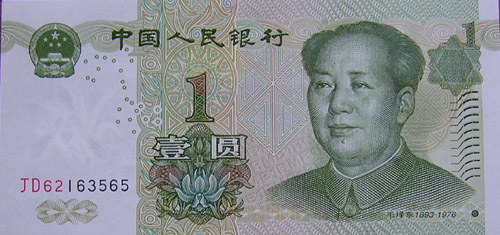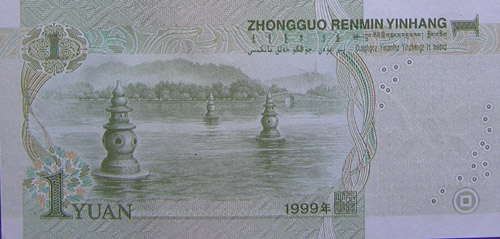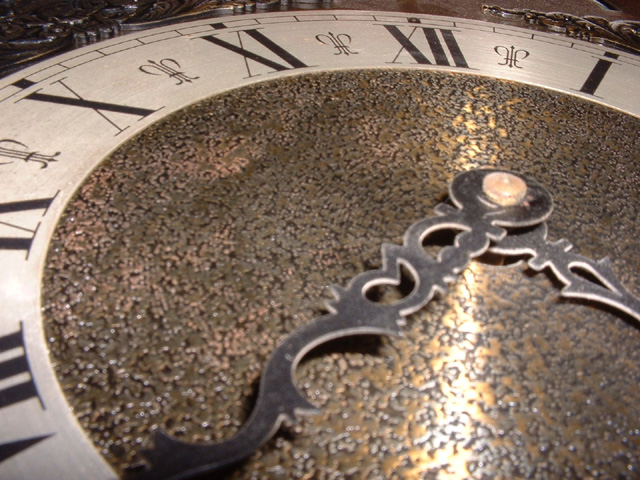
To stay in China for five weeks we had to get a VISA. The organizers of our trip from the University of Memphis (specifically, Kristina Yvette Thomas) were going to send in all of the participants' passports together and get the visas all at once. Of course I had to be difficult and not be able to do that. I am taking a group of students to London and Paris on May 29, and the passports for China must be physically present at the Chinese embassy/consulate to get the visa...for my passport to go out with the groups scheduled deadline of mid-May, my passport would not have been back in time for me to have it for London/Paris....so....
I had to go through the process of getting my visa on my own. I didn't like the idea of having my passport in the mail anymore than it had to be. I initially thought I would have my friend that we will call "Mary" (you'll see why the false name in a moment)who lives in Washington, D.C. take my passport in to the Chinese embassy and get my visa for me. (Unlike your passport, you do NOT have to be personally present at the embassy/consulate to get the visa...just your passport and the money) "Mary" was in town for a few days at the beginning of March, I would give her the passport and the money required ($130)...she could get the visa...and mail it to me...this way only putting my passport in mail transit, one way! But alas...that wasn't going to work, because "Mary" is an agent for the
N.S.A. and she reminded me after regretfully declining that it would not look all that good for a member of the N.S.A. to just walk into the
Chinese embassy....which is equal to walking onto Chinese sovereign territory. It would almost LITERALLY take an act of Congress to get the okay for her to enter there...so I scratched that idea.
The next option was to use the service that the UM folks would be using to get all the other visas, which would require my putting the said passport in the mail twice.
Another small problem with this method also meant another $57 would be spent using this service, and paying the shipping. I used UPS to send all the documentation to the
China Visa Service Center which is located in Houston, Texas of all places. Houston, Texas??? Yep, in addition to the embassy in Washington, D.C., there are Chinese Consulates in several large cities throughout the United States where one may acquire a visa (New York, Houston, Chicago, L.A.,and San Francisco). This service is a third party that charges around $60...(which also includes shipping costs) to get your passport, carry it in to the Consulate and get your visa for you.
There is a bit of a lengthy form to complete for the Chinese that must be submitted with an order form for the service center...etc. I filled all of this out and took it to the UPS store to send it out on March 3, 2008. In the process of all the above, I somehow failed to include a passport size photo of myself on the Chinese form/application...I realized this the evening of March 3. So I called the service the next day, and the lady there told me to just take a digital picture that was two inches by two inches with a white background (like a passport picture would have) and email it to them. I did that, sent it to them via email and all was taken care of with that process.
Today I received my passport with the visa pasted inside!
Just another point on this journey (before it even starts?) that excited about!
 The second book in my study of China prior to the trip is CHINESE LESSONS by John Pomfret.
The second book in my study of China prior to the trip is CHINESE LESSONS by John Pomfret. Pomfret uses the lives of his classmates as a vehicle for telling China's story, one of the most tumultuous the modern world has ever known. His classmates came from villages and cities; some were Red Guards; others were beaten by Red Guards; some siblings starved to death during the calamitous Great Leap Foward...
Pomfret uses the lives of his classmates as a vehicle for telling China's story, one of the most tumultuous the modern world has ever known. His classmates came from villages and cities; some were Red Guards; others were beaten by Red Guards; some siblings starved to death during the calamitous Great Leap Foward...

























